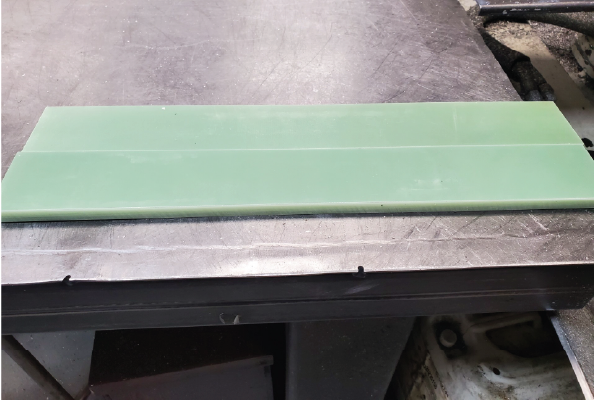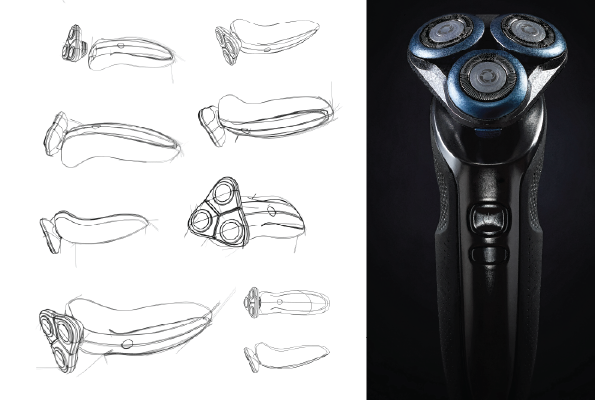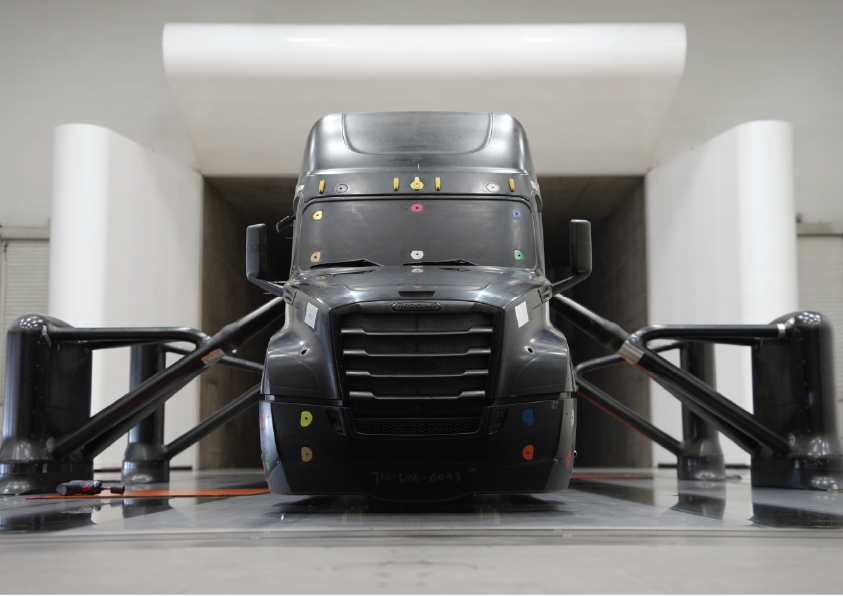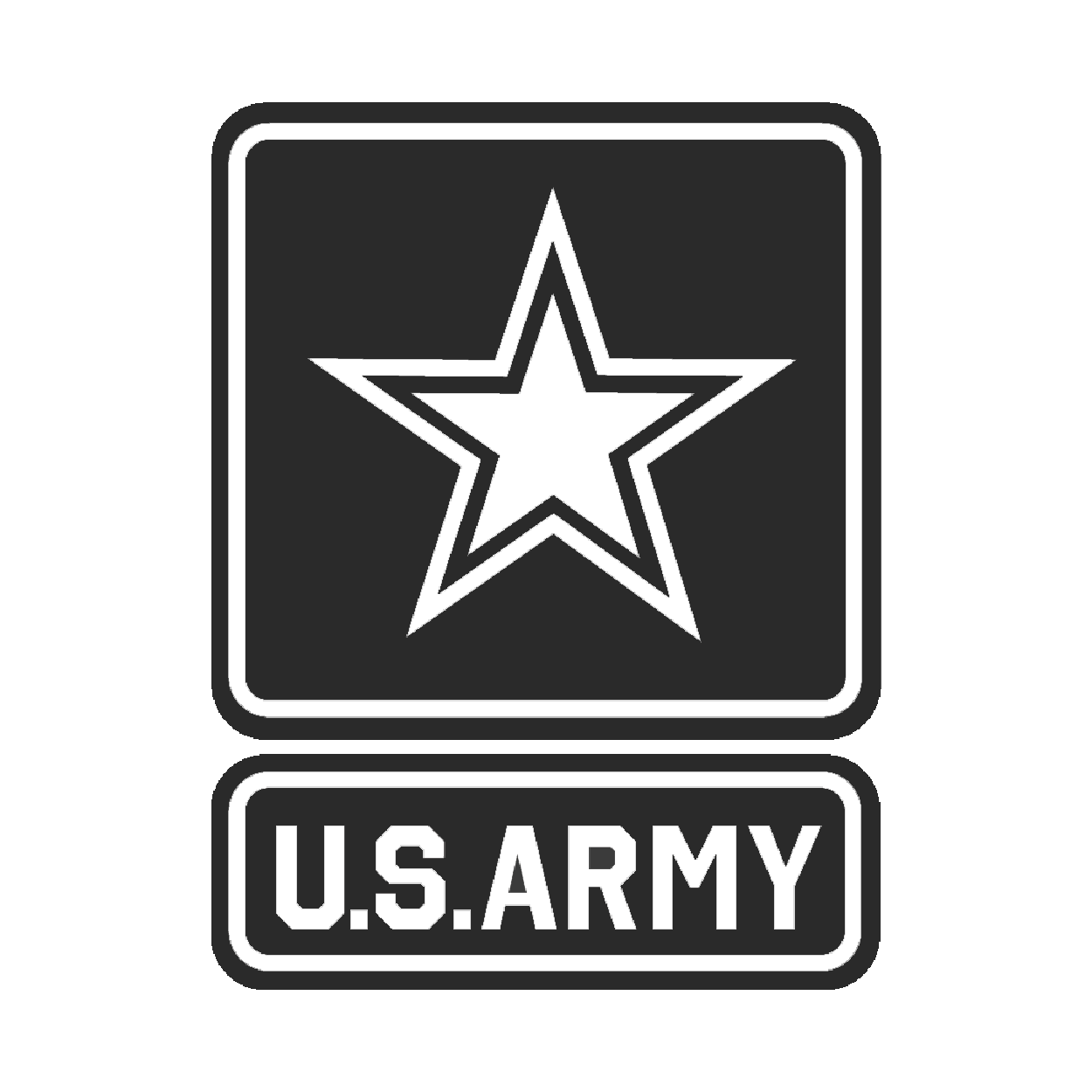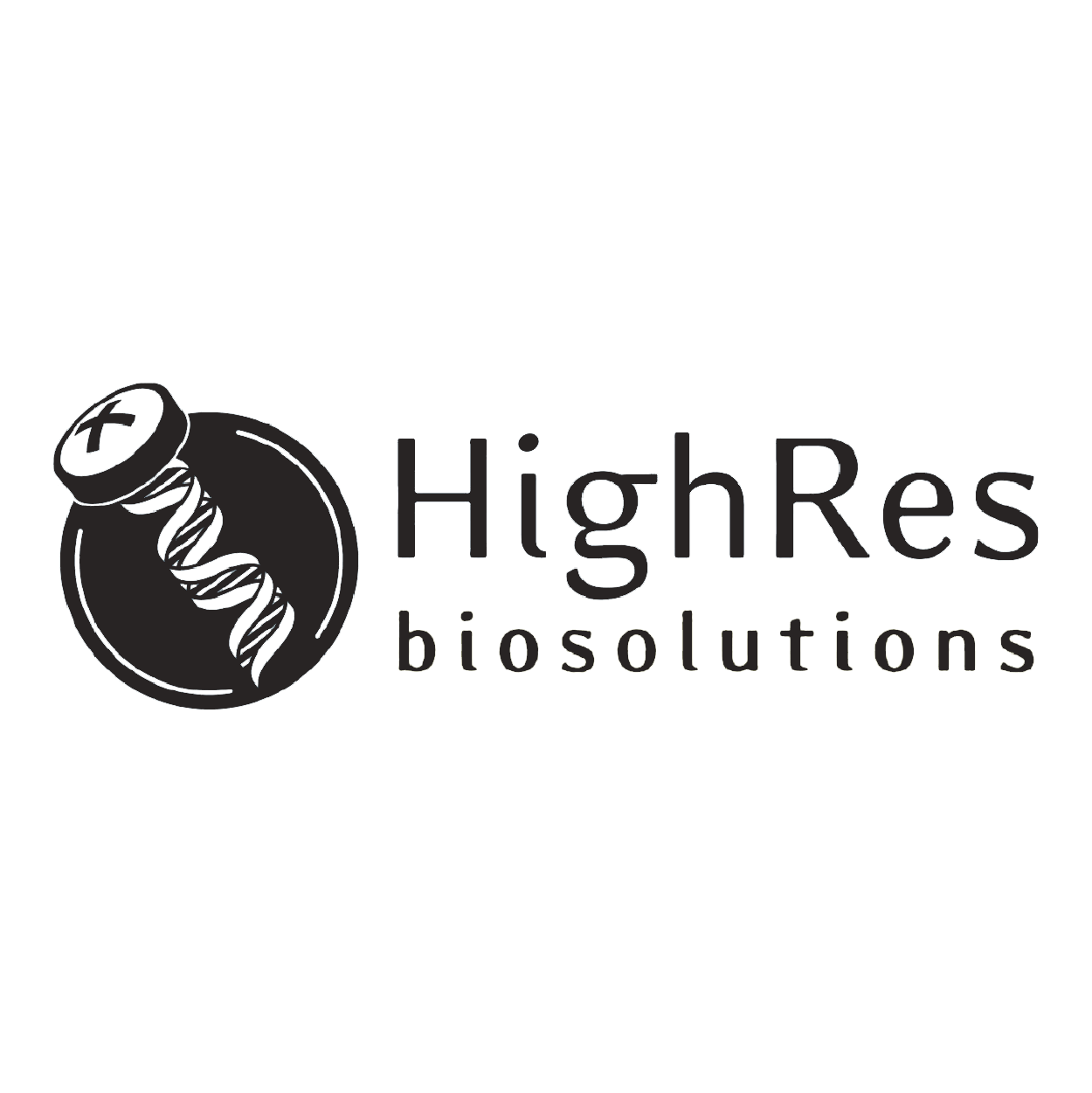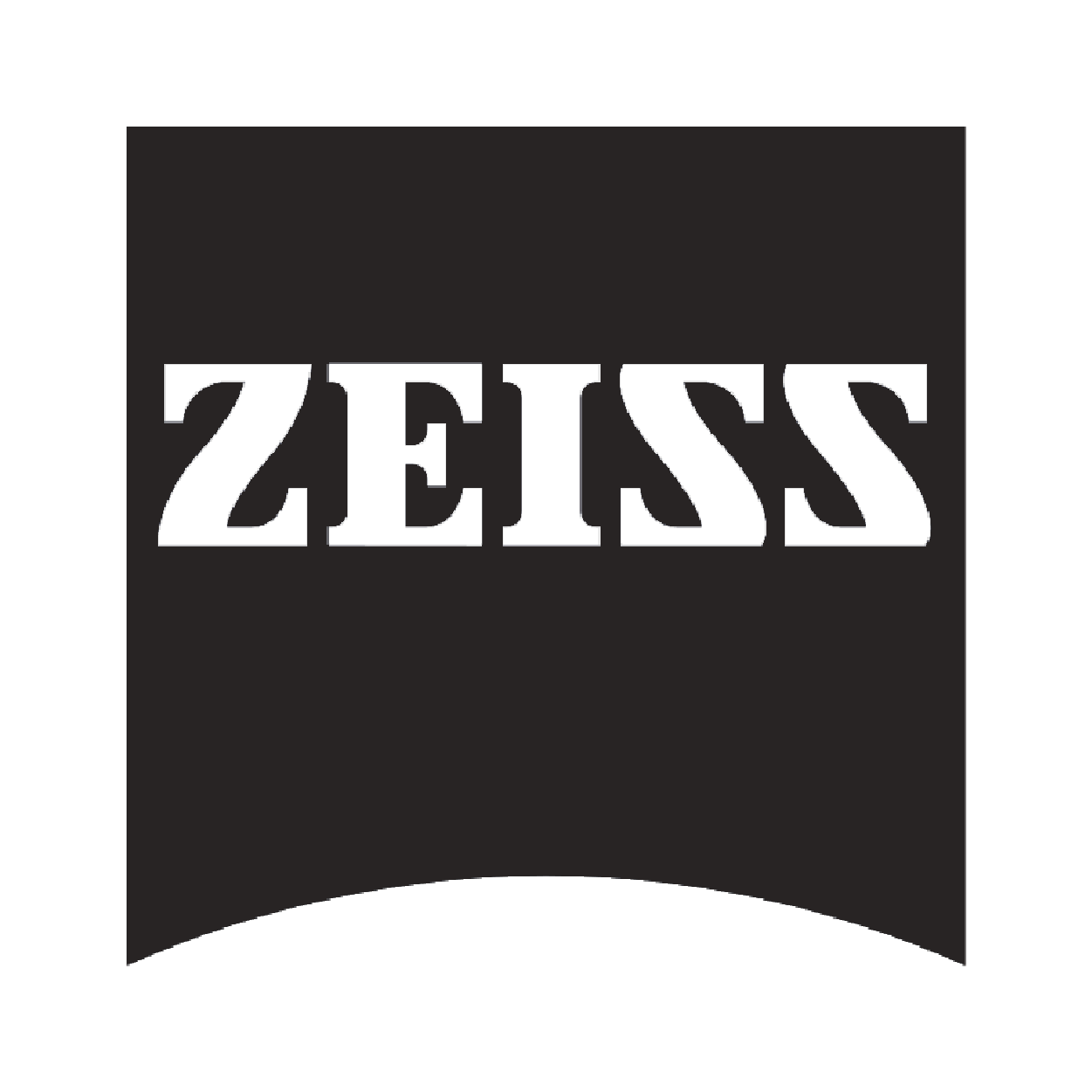
Clear and translucent plastics are versatile materials that blend visual appeal with valuable features and inspire creativity. This adaptability opens up a world of possibilities for our clients. This article will examine the materials, finishes, applications, and benefits of using clear and translucent plastics in your 3D printing projects.
In-House 3D Printing Translucent and Clear Materials
Our in-house 3D printing technologies, such as stereolithography (SLA), digital light processing (DLP), and material jetting, can create clear and see-through materials. In our advanced facility, we make high-quality parts that are transparent and precise for every project. Whether you need prototypes, final products, or custom designs, we have the skills to turn your ideas into reality.
Accura® 60
3D Systems Accura® 60 is a strong plastic material used in SLA 3D printing. It creates durable parts with a shiny finish, similar to molded polycarbonate. You can customize Accura® 60 to be transparent or semi-transparent, depending on how thick you need the part to be. It is an excellent choice for projects needing clear visibility or sound light transmission. Accura® 60 is helpful in many industries, including automotive, aerospace, medical, and consumer goods. Its excellent qualities make it a top option for producing functional and attractive parts.
Accura® ClearVue
3D Systems Accura® 60 is a strong plastic material used in SLA 3D printing. It creates durable parts with a shiny finish, similar to molded polycarbonate. You can customize Accura® 60 to be transparent or semi-transparent, depending on how thick you need the part to be. It is an excellent choice for projects needing clear visibility or sound light transmission. Accura® 60 is helpful in many industries, including automotive, aerospace, medical, and consumer goods. Its excellent qualities make it a top option for producing functional and attractive parts.
Somos® BioClear
Somos® BioClear is a high-quality resin that creates clear and precise prototypes and parts. This colorless material provides exceptional clarity, a smooth finish, and high accuracy.
It is perfect for many uses, including medical devices and consumer products, where clarity and precision are essential. Somos® BioClear can mimic various transparent polymers, making it great for testing functional prototypes.
The material has passed safety tests, including irritation and sensitization tests and USP Class VI testing. It is ideal for small batches and custom dental, medical, and scientific parts. Parts made with Somos® BioClear are clear and have similar strength to ABS plastic.
Somos® WaterClear Ultra 10122
Somos® WaterClear Ultra 10122 is a strong, clear material used in stereolithography (SLA) 3D printing. This photopolymer creates high-quality parts with great accuracy and detail. It can produce functional prototypes, models, and complex finished products.
The material is robust, flexible, and resistant to impact, making it suitable for lenses, light guides, enclosures, and medical devices. Its low viscosity allows it to flow quickly, filling in small details in the 3D model for precise features and intricate designs. Additionally, Somos® WaterClear Ultra 10122 does not fade in color, turn yellow, or suffer damage from UV light and moisture.
Somos® WaterShed XC 11122
DSM Somos® WaterShed XC 11122 is a strong and reliable material used in 3D printing for making industrial prototypes and parts. It offers excellent mechanical strength, toughness, and stability, which makes it suitable for creating accurate and complex shapes. This material resists humidity, water, and other harsh conditions, making it an excellent choice for outdoor and aquatic applications.
One unique feature of this resin is its white translucent look, which is ideal for finishing processes like painting, dyeing, and polishing. It uses a unique curing process that ensures detailed design features are accurately reproduced, even in small parts. DSM Somos® WaterShed XC 11122 is a high-quality SLA material that produces durable and precise parts, making it a good option for heavy-duty 3D printing.
Loctite3D IND405 Clear
Loctite3D Clear is a special resin for 3D printing. It allows for high-resolution printing and cures quickly, making it a dependable choice for many uses. This flexible material works well in several industries, such as medical, consumer goods, and automotive. It can create detailed parts and prototypes.
Loctite3D Clear has substantial elongation and toughness, so it resists cracking under pressure. It can handle heavy loads and substantial impacts without breaking or bending.
Vero Clear
Stratasys Vero Clear is a material used for 3D printing. It is a strong and transparent option, ideal for projects where clarity is essential. This material is easy to work with and produces detailed prints. You can use Vero Clear for many purposes, like product design, prototyping, and architectural models. It is also durable and resists moisture and high temperatures, so it works well in different environments. Overall, Stratasys Vero Clear is reliable for high-quality, transparent 3D prints.
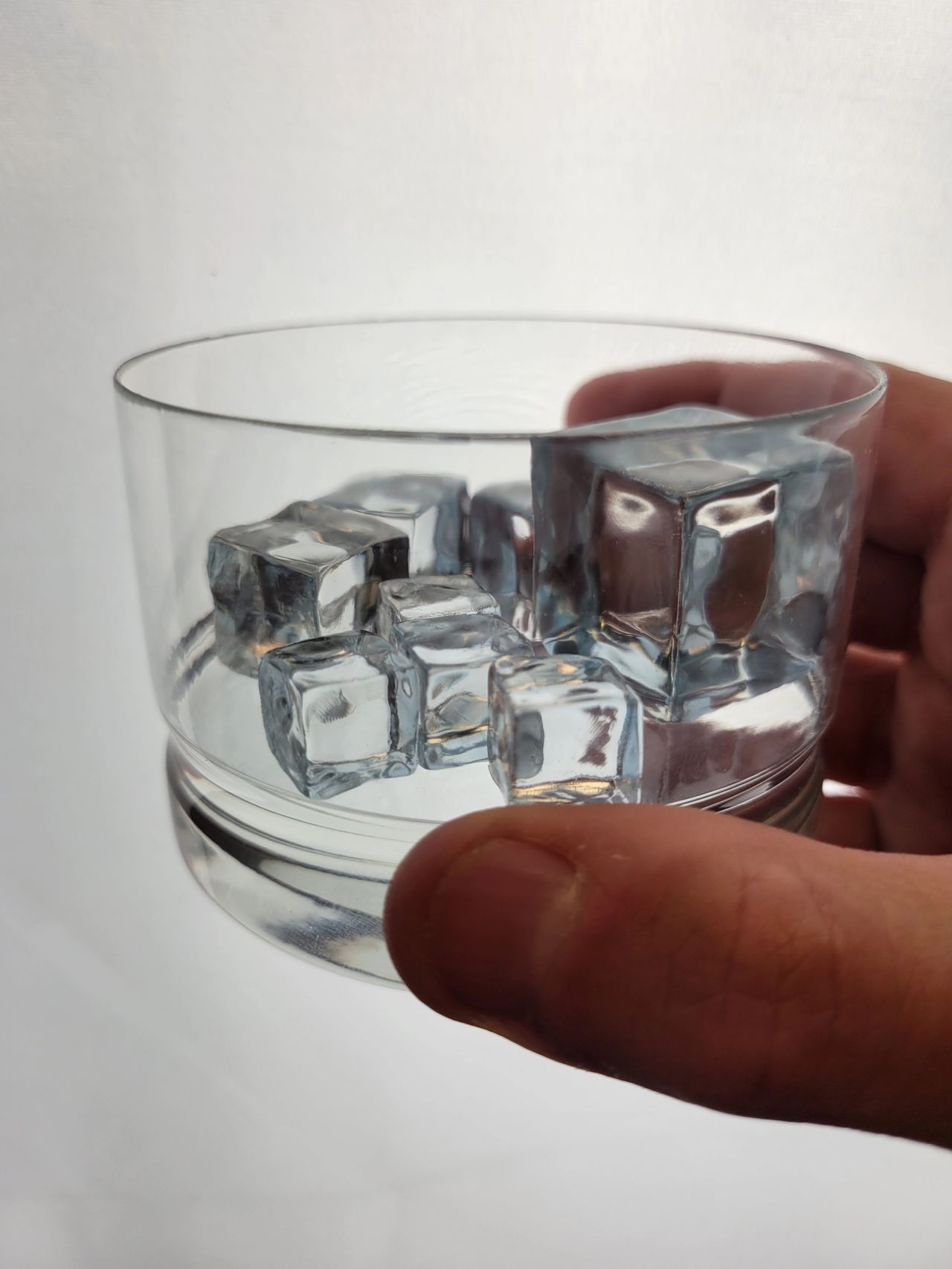
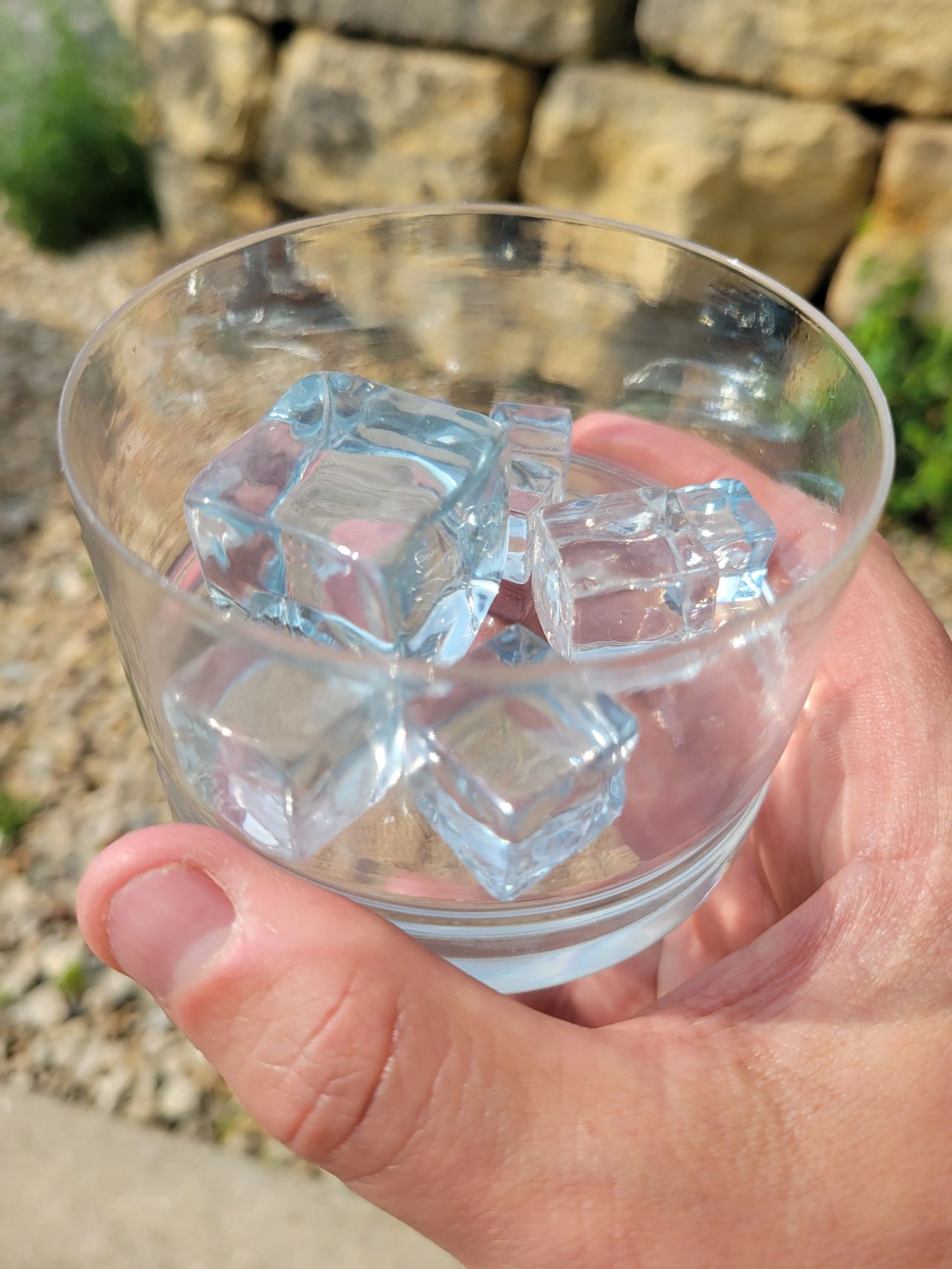
Applications for Clear and Translucent Materials
Clear and see-through 3D-printed plastics create components in many industries. Here are some ways they can be helpful:
Product Prototyping and Visualization
Clear 3D-printed parts let designers and engineers see their ideas more clearly, helping them test the design before starting full production.
Medical and Healthcare Applications
Translucent 3D-printed plastics are useful in medicine for creating custom prosthetics and models for surgery. Their clarity helps healthcare workers understand how to use these tools best.
Lighting and Optical Components
These clear plastics are great for making lenses, diffusers, and other lighting parts. Our technicians can customize the parts through post-processing to meet specific design needs.
Consumer Goods and Packaging
Transparent 3D-printed plastics are increasingly common in creating items like cosmetic containers and packaging. They allow for unique designs, improving both appearance and usability.
Post-Processing Clear and Translucent 3D Prints
3D printing has changed how we manufacture products. It allows us to create detailed designs with great precision. However, we must focus on post-processing techniques to make clear or see-through parts. Here is a list of methods to help you achieve the clarity and transparency you want in your 3D-printed parts.
Sanding
Sanding is essential for achieving a smooth, flawless finish. It enhances the appearance and function of parts. By using different sanding methods, you can create a smoother surface and prepare parts for finishing, improving the look and durability of your projects.
Polishing
Polishing is an important step in achieving a smooth, high-quality finish. It involves using special techniques and tools to carefully polish 3D-printed parts, ensuring a perfect surface that shows off the design’s beauty. Polishing can give a project a shiny look or a subtle matte finish, enhancing its overall appearance.
Clear Coat
Applying a clear coat improves how your parts look and protects them. A good clear coat keeps your prints safe and maintains their clarity so the original colors and details remain visible. It creates a barrier against damage from the environment and everyday use. Plus, it adds a sleek finish that enhances the overall design. This protective layer is vital for keeping your work looking great for a long time.
Resin Dip or Coating
Resin Dipping: This process involves placing a 3D-printed part in clear resin. The resin creates a strong and shiny layer that protects the item. This method enhances the part’s clarity and highlights its fine details, which may not be as visible in the raw print. The resin also seals the surface, making it more durable by preventing scratches, chips, and environmental damage. The final result is an attractive finish that improves the overall look of the printed item.
Resin Coating: This method involves brushing or spraying a thin layer of clear resin onto the surface of a 3D-printed part. Like resin dipping, it provides protection and gives a transparent finish that brightens the color and detail of the print. Once cured, the resin forms a firm, glossy surface that defends against wear and gives extra depth to the appearance. This method is beneficial for smaller parts or intricate designs without practical immersion.
Bottle Clear
Bottle Clear is a proprietary method for bottles and other geometries with internal cavities or large tubes, improving the clarity of hard-to-reach areas. The outside of the component gets sanded and clear coated, while the inside gets coated with a thick layer of clear material to smooth out layer lines and corners, giving it a blow mold quality.
FAQs
Yes, we offer a variety of clear and translucent 3D printing materials.


